Generative AI and the future of work in America — from mckinsey.com by Kweilin Ellingrud, Saurabh Sanghvi, Gurneet Singh Dandona, Anu Madgavkar, Michael Chui, Olivia White, and Paige Hasebe
At a glance
- During the pandemic (2019–22), the US labor market saw 8.6 million occupational shifts, 50 percent more than in the previous three-year period.
- By 2030, activities that account for up to 30 percent of hours currently worked across the US economy could be automated—a trend accelerated by generative AI.
- Federal investment to address climate and infrastructure, as well as structural shifts, will also alter labor demand.
- An additional 12 million occupational transitions may be needed by 2030.
- The United States will need workforce development on a far larger scale as well as more expansive hiring approaches from employers.
Employers will need to hire for skills and competencies rather than credentials, recruit from overlooked populations (such as rural workers and people with disabilities), and deliver training that keeps pace with their evolving needs.
The AI-Powered, Totally Autonomous Future of War Is Here — from wired.com by Will Knight
Ships without crews. Self-directed drone swarms. How a US Navy task force is using off-the-shelf robotics and artificial intelligence to prepare for the next age of conflict.
From DSC:
Hhhhmmmmm…..not good. Is anyone surprised by this? No, I didn’t think so either. That’s why the United States and China are so heated up about semiconductor chips.
AI puts glitch in graduates’ employment plans — from hrdive.com by Ginger Christ
Recent grads are worried how AI will affect their career prospects, a new survey found.
Excerpt:
- The proliferation of new technologies like generative artificial intelligence is making recent graduates uneasy, a new study released Thursday found. A third of the 1,000 people who graduated in the past year said they are second-guessing their career choice, while roughly half reported questioning their workforce preparedness and feeling threatened by AI, according to the 2023 Employability Report by Cengage Group, a global education technology company.
“The workplace has changed rapidly in the last few years, and now we are witnessing a new shift as AI begins to reshape worker productivity, job requirements, hiring habits and even entire industries,” Michael Hansen, Cengage Group CEO, said in a news release.
Along these lines, also see:
AI Boom Creates Concerns for Recent Graduates — from insidehighered.com by Lauren Coffey
More than half of recent graduates question whether they are properly prepared for the workforce in light of the rise of artificial intelligence, a survey finds.
…
There is also more of a preference for skills training credentials. Among employers, nearly 40 percent said skills training credentials are most important, while only 19 percent ranked a college degree as most important.
…
However, recent graduates did cite an issue with most higher education institutions’ ability to teach employability skills. In 2023, 43 percent of students said their degree program taught them the necessary skills for their first job, down 20 percentage points from 2022.
Instructure, Khan Academy Announce Major Partnership On AI Tutoring, Teaching
— from forbes.com by Derek Newton
The news is that Instructure, one of the few public education companies and the market leader in learning management with their signature product Canvas, struck a partnership with Khan Academy to create an AI-powered tutoring and teaching assistant tool – merging Khan’s innovative instructional content and Instructure’s significant reach, scale, and data insights. The partnership and related tools will be known as Khanmigo, according to the announcement.
On brand names alone, this is a big deal. On potential impact, it could be even bigger.
How To Use AI to Write Scenarios — from christytuckerlearning.com by Christy Tucker
How can you use AI to write scenarios for learning? Read this example with prompts and results using ChatGPT and Bard.
Excerpts:
So far, I have found these tools helpful in generating ideas, writing first drafts, and summarizing. They work better for general knowledge tasks than really specific topics unless I provide more details to them, which makes sense.
This post isn’t going to give you “5 magical prompts to instantly write scenarios for you” or anything like that. Instead, this is a “working out loud” post where I’ll share some prompts I have used.
Christy’s posting includes:
- “The Meeting from Hell”
- “The Backstabbing Coworker”
- “The Boss from Hell”
- “The Office Romance Gone Wrong”
- “The New Hire with Attitude”
Some potential tools for you to check out:
The Rise of the Talent Economy — from drphilippahardman.substack.com by Dr. Philippa Hardman
How Education & Training Will Dictate the Future & Impact of AI
“Talent, more than capital, will represent the critical factor of production.”
…
In short, the demand for AI skills requires a significant transformation in training and education models. To bridge the global skills gap, educational institutions, online learning providers, and employers must design and deliver training programs that cater to the rapidly evolving AI-driven labor market.
How ChatGPT killed my discussion boards and prompted new prompts — from timeshighereducation.com by Sara Cline; per Robert Gibson on LinkedIn
Advice on learning and discussion prompts that require students to think beyond the remit of AI responses
Excerpts:
To combat this problem, we modified some of our prompts this summer to try to prevent students from using AI to avoid learning. I’m sharing some of our strategies in the hope that they help you out as you adapt your course to a world of generative AI.
- Use prompts that force a personal opinion.
- Have students include their source(s) as an attachment.
- Use current or local events.
- Have them take and caption a photo.
- Draw a diagram or chart.
- Build and explain a 3D model.
- Include timestamps from lecture videos.
- Scrap the discussion boards.
Dark web ChatGPT is here… — from therundown.ai
The Rundown: A new cybercrime generative AI tool called FraudGPT is being advertised on the Dark web and Telegram channels, offering offensive capabilities like crafting spear-phishing emails and creating undetectable malware.
…
Why it matters: Scammers can now look more realistic than ever before and at a larger scale. The sad truth is that the emergence of cybercrime AI tools like FraudGPT is just beginning.
From DSC:
If true and if it could help build and/or contribute to cloud-based learner profiles, this could be huge.
Wayfair’s AI tool can redraw your living room and sell you furniture — from theverge.com by Wes Davis
The home decoration company’s new Decorify AI remodeling tool is clumsy but could be effective for visualization while remodeling.
:format(webp)/cdn.vox-cdn.com/uploads/chorus_asset/file/24807167/Screenshot_2023_07_24_at_3.34.42_PM.png)









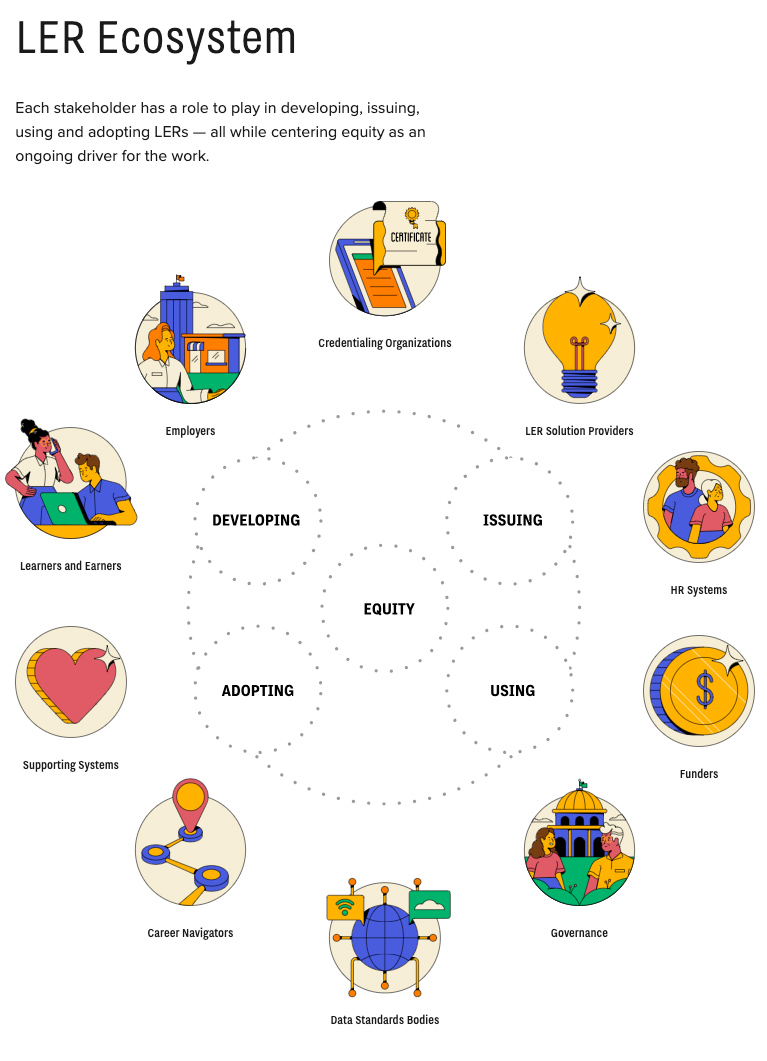

:format(webp)/cdn.vox-cdn.com/uploads/chorus_asset/file/24976021/Canva_Magic_Studio.png)
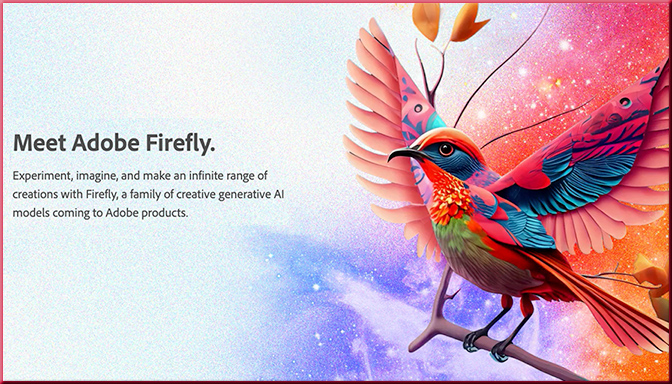

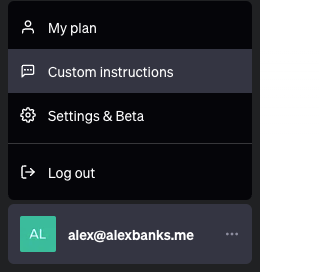



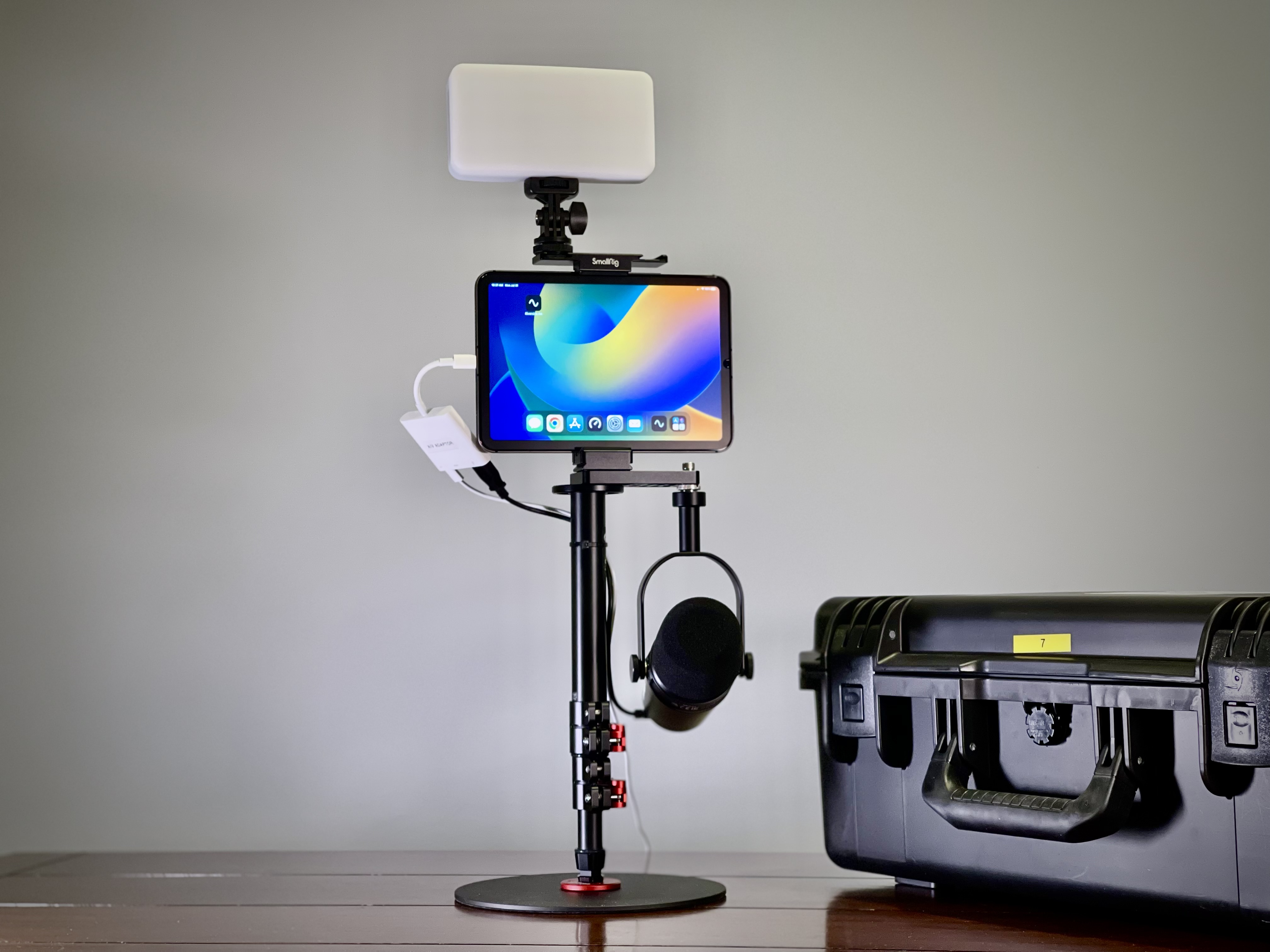
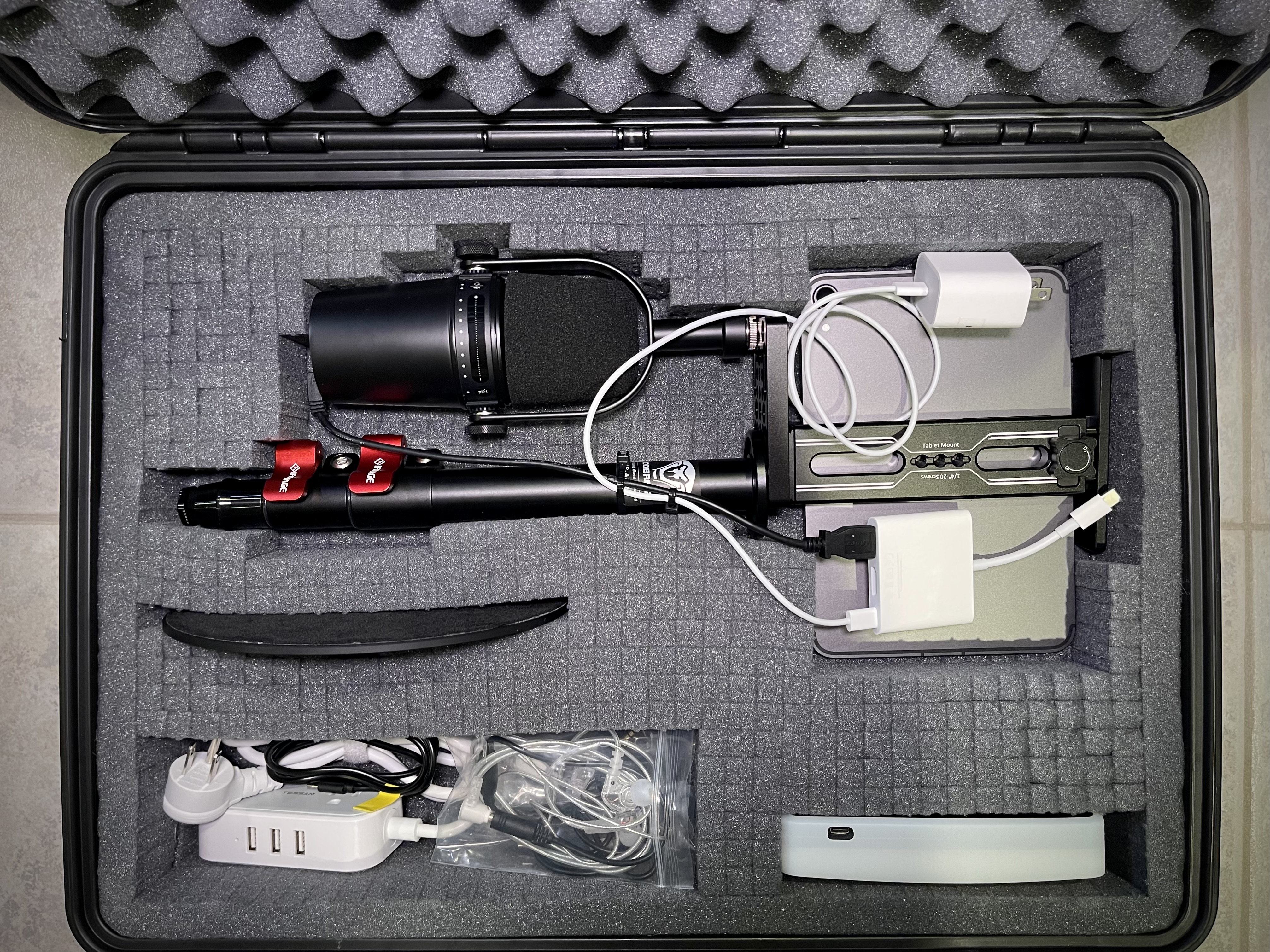

:format(webp)/cdn.vox-cdn.com/uploads/chorus_asset/file/24807167/Screenshot_2023_07_24_at_3.34.42_PM.png)